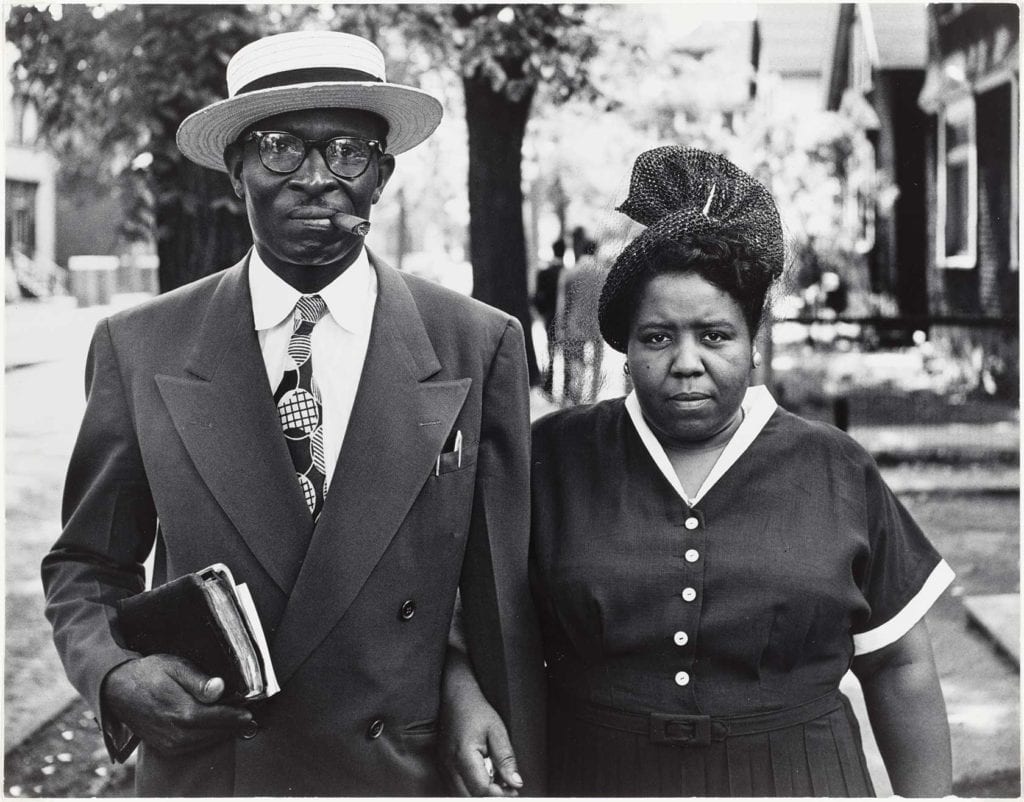Youth curators of color shine in ‘Black Histories, Black Futures’ at MFA

There’s a new group of art curators at the Museum of Fine Arts, Boston, and most of them are still in high school. “Black Histories, Black Futures,” opening at the museum Jan. 20, showcases the talents of young scholars as part of new partnership between the MFA and local youth empowerment organizations such as Becoming a Man, The BASE and the Bloomberg Arts Internship Boston program managed by EdVestors.

Jennifer Rosa, teen curator. PHOTO: © MUSEUM OF FINE ARTS, BOSTON
Jennifer Rosa is a senior at John D. O’Bryant School of Mathematics and Science and lives in Mattapan. Her section of the larger show is themed “Smile in the Dark.” She says, “What surprised me the most about this process was the history behind most of the paintings and photographs that I picked. Works by Dawoud Bey were the most powerful to me, because he photographed black people living ordinary lives and being unapologetically happy during a time when being black wasn’t easy.”
The young scholars received mentorship from Layla Bermeo, the MFA’s Kristin and Roger Servison Associate Curator of Paintings, Art of the Americas, along with other curators throughout the museum during the program. They participated in workshops to learn about the curatorial process, from selecting artworks to writing labels and designing the gallery space. Importantly, the program was a paid fellowship, compensating the young people for their time and effort in putting the show together.

‘Cocktails,’ about 1926; Archibald Motley (American, 1891–1981); oil on canvas; The John Axelrod Collection—Frank B. Bemis Fund, Charles H. Bayley Fund, and The Heritage Fund for a Diverse Collection, © Valerie Gerrard Browne. PHOTO: © MUSEUM OF FINE ARTS, BOSTON
“Black Histories, Black Futures” also represents a larger effort by the MFA to shape more inclusive programming and to make the space accessible to visitors of all backgrounds. “It’s important to celebrate all artists in the MFA,” says Rosa. “We should have equal representation of art in a place where millions of people go, because art shouldn’t be devalued based on the color of the artist’s skin.”
The show, which runs through June 20, 2021, has prime real estate in the museum as well. Situated on the walls between the Huntington Avenue and Fenway entrances, the show forms a bridge through the center of the building. It opens on the free Martin Luther King Jr. Community Day, Monday, Jan. 20, and according to the museum will serve as a centerpiece (literally) for the museum’s 150th-anniversary celebrations in 2020.
Rosa plans to take what she’s learned with her into studies of arts and humanities at a college in New York. She says, “I hope visitors leave this exhibition in complete awe, because an institution that has been open for over 150 years finally sheds light on artists who look like me and aren’t white.”







